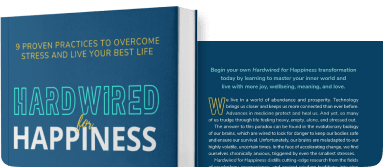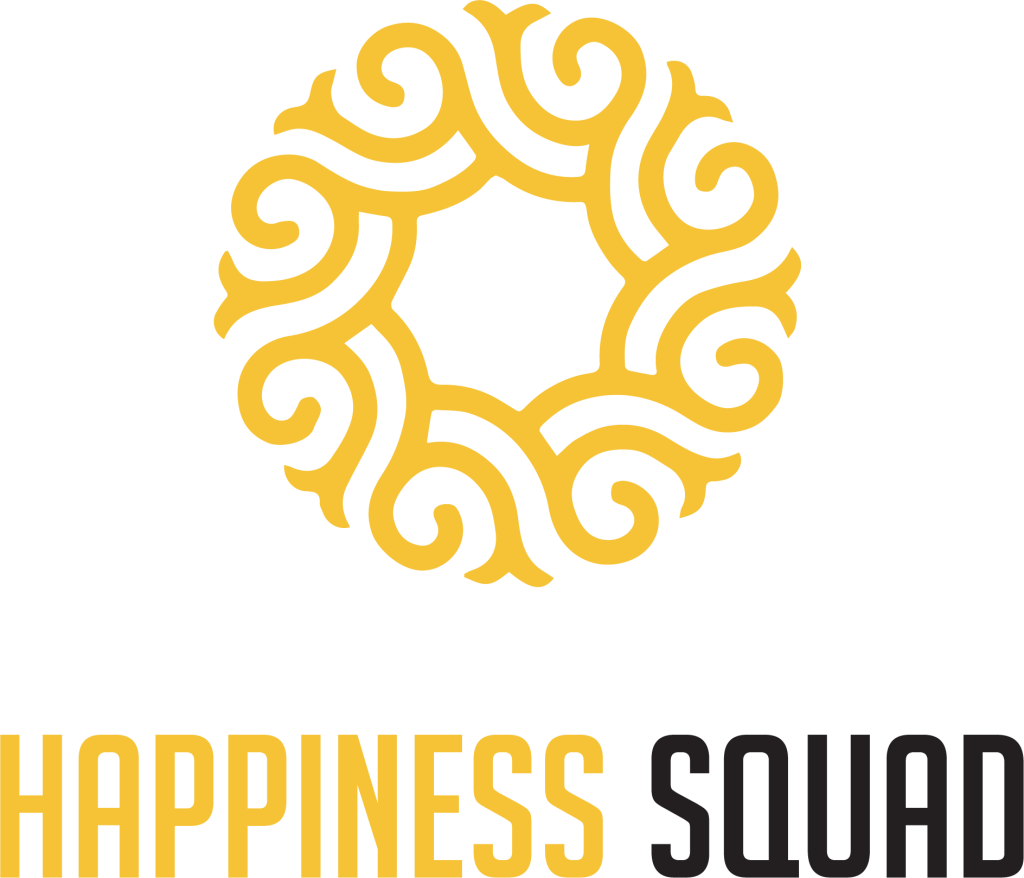5-Step Blueprint for Launching a Company-Wide Wellbeing Strategy

Wellbeing Isn’t a Benefit. It’s Your Strategy.
Julie Russ-Bodenmann, former Global Head of Wellbeing for UBS and Credit Suisse, built a global solution to address wellbeing and helped 120,000 employees thrive through the transformation and merging of these major banks without a big team or budget.
Most organizations still treat employee wellbeing as a “nice to have.” A perk. A mental health webinar. A meditation app.
But here’s the truth:
“If we truly believe people are our biggest asset, why don’t we manage their energy, health, and potential with the same rigor we apply to machines, factories, and conversion funnels?”
That’s the question I posed in my recent conversation with Julie Russ-Bodenmann.
Julie didn’t just talk about change, she led it. At a time when Credit Suisse was undergoing a massive transformation and, eventually, a merger with UBS, Julie built and executed their first global wellbeing strategy across the globe.
She did it without a large team or an unlimited budget.
She did it in a high-stakes environment.
And she did it by proving flourishing isn’t fluff, it’s foundational.
Here’s the 5-step strategy Julie used to bring wellbeing to the center of business.
1. Diagnose with Data, Not Assumptions
Julie didn’t jump to action with the latest wellness trend. She started with evidence.
“We used a combination of quantitative health data, employee survey insights, and qualitative interviews to understand the real pain points,” Julie told me.

That diagnostic revealed what many organizations miss: wellbeing challenges weren’t just individual. They were systemic, tied to leadership behaviors, team norms, and how work was designed.
Instead of asking, “What benefits should we add?” she asked, “Where are people most struggling, and why?”
Your move:
· Combine people analytics, survey data, and employee interviews
· Prioritize systemic issues, not just symptoms
· Look for both quick wins and structural gaps
2. Build Cross-Organizational Governance
Julie knew that HR alone couldn’t shift the culture.
“We built a steering group with people who were already passionate about wellbeing,” she said. “They came from different functions, and we gave them a shared North Star to align around.”
She engaged early believers across departments and business units, not just HR or DEI leads, but business leaders and frontline influencers.
They didn’t just approve plans. They co-created them.
Your move:
· Start by identifying champions who already care
· Form a cross-functional working group
· Create a shared 3-year roadmap that everyone contributes to
· Make wellbeing part of business operations, not just HR programs
As I often say: Wellbeing can’t be delegated. It needs to be a holistic strategy championed by senior leaders and embedded in how teams lead, work, and grow together.
3. Pilot First. Prove It. Then Scale.
Julie didn’t wait for perfect conditions or full funding.
“We launched small pilots, campaigns, trainings, experiments,” she said. “Then we measured what worked, shared the impact, and scaled what made a difference.”
That “test and learn” approach allowed her to build credibility and momentum before asking for major investment.
What made it work? A strong feedback loop. Julie tracked participation, impact, and sentiment and used those results to refine and expand.
Your move:
· Choose one or two high-need areas for initial focus
· Launch simple pilots with clear outcomes
· Track engagement and business impact
· Share success stories internally to build belief
“Start small. Show it works. Then the bigger commitment will come.” – Julie
4. Activate a Champion Network
Here’s where Julie blew me away:
She built a 500+ person wellbeing champion network across levels, functions, and regions during a high-pressure post-merger transformation.
“We created a place where people felt they belonged,” she said. “Senior leaders and frontline employees came together, shared stories, and supported each other.”

These weren’t just volunteers, they were trained, empowered, and invited to lead. They facilitated team conversations, helped surface issues, and became the human infrastructure that scaled change far beyond what a central team could do.
Your move:
· Recruit passionate champions during moments of inspiration (e.g., after wellbeing events or panels)
· Include both senior and junior voices
· Offer tools and guidance on how to shift team norms, foster safety, and support others
· Meet monthly, listen actively, and build community
“Wellbeing spreads through people, not posters.” – Julie
5. Normalize the Conversation Around Mental Health
One of the most powerful parts of Julie’s strategy? Storytelling.
“We hosted mental health panels where our Head of HR and senior leaders shared their own stories,” she said. “And for the first time, employees said, ‘I realized I’m not okay—and I can ask for help.’”
That act of vulnerability from the top created psychological safety across the business. It sent a clear signal:
We don’t just say we care, we live it.
It also helped employees recognize when they were struggling before it became a crisis.
Your move:
· Invite executives to share stories in company forums or campaigns
· Create internal spaces for storytelling and dialogue
· Link personal stories to available resources (EAPs, coaching, health benefits)
· Reinforce the message: asking for help is a strength, not a weakness
“Your manager can have a bigger impact on your wellbeing than your therapist,” I reminded listeners. “That’s why this work starts with leadership and ripples outward.”
What About Measurement?
Julie and her team were working on a wellbeing dashboard combining health data, survey results, and predictive insights to guide where to intervene.
“Our vision was to give leaders actionable insights by team, function, and location,” she said. “We didn’t get to fully implement it before the acquisition, but the potential was huge.”
This is exactly what we’ve built at Happiness Squad with our Organizational Health Potential Index (OHPI), to help organizations quantify human capital losses, and take action with clarity and confidence.
Because if we measure revenue, margin, and performance, why wouldn’t we also measure wellbeing?
A Final Word
This conversation reminded me of something I say often:
The question isn’t whether to invest in flourishing. It’s whether you want to be a leader or a laggard.
You don’t have to wait for the perfect moment, the full budget, or the executive decree.
As Julie proved, you can start small.
You can mobilize people who care.
You can build belief and then scale impact. Because flourishing isn’t a perk.
It’s a powerful strategy.
And it’s one your people and your business—urgently need.
Learn more about Julie on Linkedin.
Listen to the podcast with Ashish and Julie below. You can also listen on Apple Podcasts.
Access and subscribe to all of the episodes of the Flourishing Edge Podcast here.
Make Flourishing Your Competitive Edge.


